Summary
The historic Gillioz Theatre, a nonprofit whose building is nearing 100 years old, is having no problem filling seats and attracting acts to its stage. But its success doesn't quite fill the coffers enough to pay for necessary building repairs and maintenance, a growing concern for the Springfield landmark.
After a long lull in 2020 when chairs sat empty and the stage stood silent because of COVID, the Grand Dame of downtown has roared back to life to great applause and a full auditorium.
With 100 shows in 2021, the historic Gillioz Theatre’s fourth quarter was the busiest since reopening. And 2022 is looking about the same, so far, with six out of 10 sold-out touring shows.
That’s not bad for a building nearing a century old, and proves weekly why the historic venue is important to Springfield. Opening Oct. 11, 1926, as a movie and vaudeville theater, the Gillioz will turn 100 in 2026. Plans to celebrate are already being discussed, as are ways to give the building a facelift of sorts. She looks good for her age, but it’s time for some serious maintenance. Only there’s little in capital reserves to pursue it.
While some additional work has been done for the building in the years since it reopened in 2006 after a huge restoration effort, the focus has been operational which is why in 2014, Geoff Steele was hired as executive director along, with his wife Joy Bilyeu-Steele as associate director. With operation success achieved, maintenance needs are beginning to loom.
“Now we’re running the risk that if we don’t start maintaining it, it’s going to quickly deteriorate,” says Tyler Hellweg, a principal architect for Arkifex Studios and president of the Gillioz Theatre’s executive board.
Why care?
The Gillioz plays an influential role in the economic vitality of downtown Springfield, creating a foot traffic bump unique to historic attractions of its kind. If the historic theater were to deteriorate, it could have ripple effects on Springfield's nightlife.
The Gillioz makes enough money to operate, but without much left over
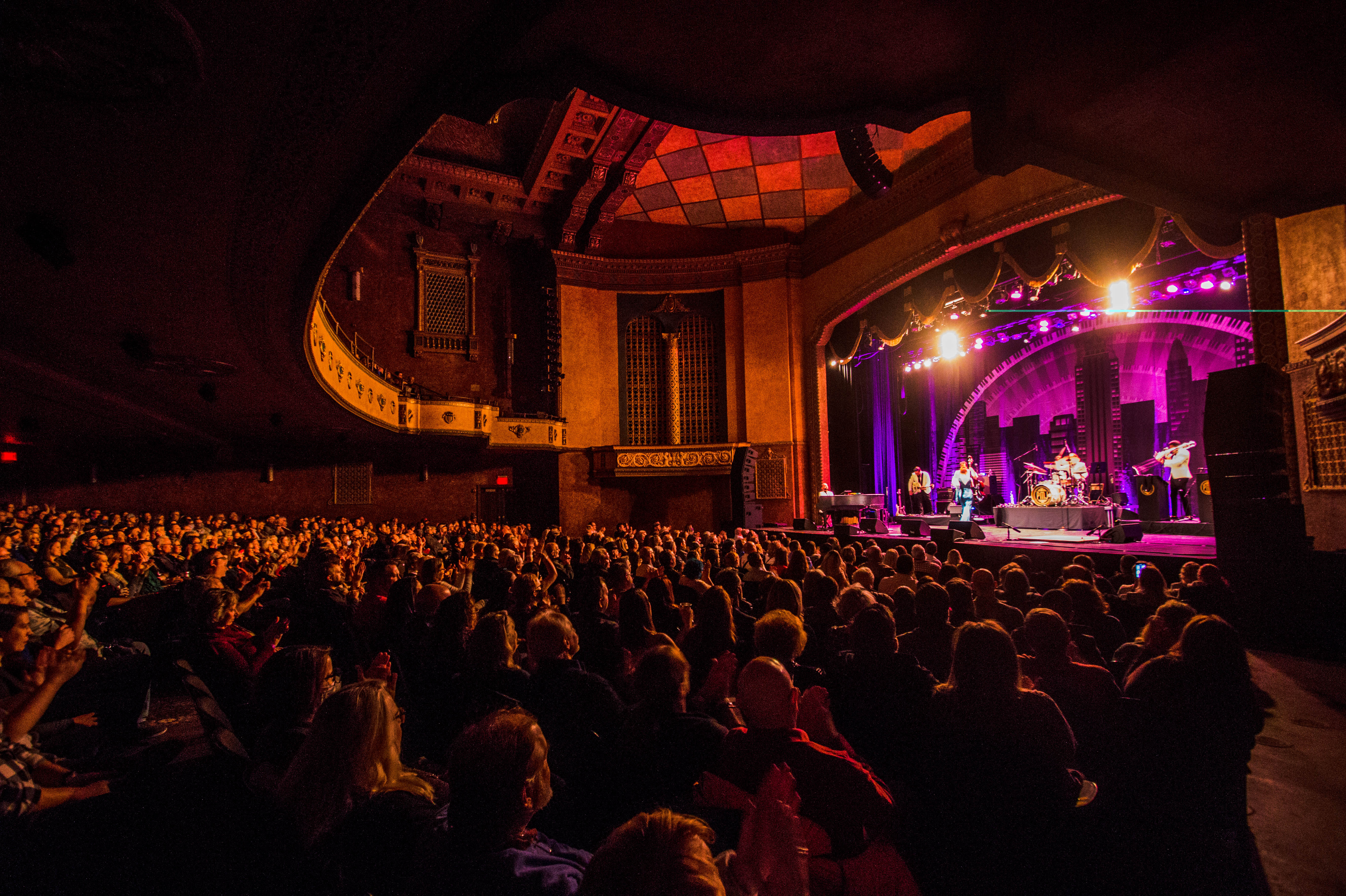
Ticket sale revenue won’t cover those costs, so it will require philanthropic fundraising and a stronger community message that the Gillioz is a nonprofit that needs support.
“Probably the biggest mistake that we've made in our tenure here has been that we really didn't focus on the nonprofit side,” Steele says.
Ticket sales — paired with lease and rental income from the connected Jim D. Morris Building — cover their lean operation.
“But the reality is that the majority of the money that comes in — like 90 percent — is show-related expenses that go right back out,” Steele says. “And so the theater is trying to operate on a 10 percent margin, which no historic theater in North America is capable of doing.”
In fact, for many theaters organized as a nonprofit like the Gillioz, 45 to 60 percent of their revenue comes through donations and endowments, Steele says. At Gillioz, only about 2 percent of total revenue comes from donations and endowments.
One hurdle may be community perception, Hellweg says. People see sold-out shows and think the Gillioz is financially self-sufficient. And it is, operationally, he says, but that won’t buy a roof.
With the important century mark just a few years away, the board and staff want to ensure the theater will have a place downtown for generations to come. “I think certainly the goal is that by the time the 100th anniversary rolls around in 2026, we don’t just have ideas for fundraising but they’re up and running; that the theater is firing on all cylinders by the time it hits that centennial,” Hellweg says.
Impact of the Gillioz on downtown Springfield

Economically speaking, “The Gillioz is greater than the sum of its parts as far as its impact on downtown is concerned,” Hellweg says. Not only do show-goers spend time and money downtown, so do touring artists and their crews. Today, Springfield’s once-abandoned downtown is full of life and people, culture and vibrancy, Hellweg says, “and I think the Gillioz really had a large hand in shifting that paradigm.”
Historic theaters are fantastic economic generators, says Ken Stein, president and CEO of the League of American Historic Theatres. At one time when communities discussed revitalization, it was all about retail, malls and big-box stores. “What they found out is actually that it doesn't necessarily have staying power,” Stein says. “A theater, however — arts and entertainment — not only does it have staying power, it has spreading power.”
Nationally, about 400 theaters at least 50 years old have worked with LHAT, which offers guidance to people connected with an old theater, whether they are trying to save it or operate it, Stein says. Many, like the Gillioz, were built between the 1920s and 1940s. According to 2019 research by LHAT, in a medium-size community such as the Springfield metro area, a single theater has the potential to sustain 155 full-time equivalent jobs, create 4.9 million in total expenditures, generate $505,000 in revenue for state and local governments and add 3.3 million to household incomes. That’s because a theater attracts large numbers of people at nontraditional times — after business hours — raising revenues for nearby businesses and restaurants. When people go downtown for a movie or live performance at a theater, they’ll go out to dinner, they’ll pay for parking and they might do a little shopping, Stein says.
What’s significant about historic theaters, he says, is they are most often located in areas that were once abandoned as people moved out to suburbs. For the last couple of decades, there’s been interest in moving back to city cores, like Springfield’s downtown. “The theaters are there so they can help with that revitalization,” Stein says. “So they’ve proven to be fantastic.”
And historic theaters have something that modern theaters don’t: A sense of connection to a community’s past. People love these buildings passionately, Stein says. “I’ve toured hundreds of historic theaters all over the nation and every single theater I have been to, you can trace back the reason it’s still standing is either one person or a group of people are in love with that building and didn’t want to see it torn down. And the love of those buildings comes from generations who have memories,” he says. “I always tell people, with historical theaters, the show starts when you walk through the front door.”
That’s certainly true for the Gillioz Theatre with its Spanish Moroccan architecture. It’s a downtown jewel, says Nancy Dornan, ex-officio executive board member and president of the Gillioz Theatre’s ambassador board. “Over almost a century, thousands and thousands of people have had individual experiences in the theater. Maybe the movie you saw when you were eight years old. Or maybe a performance you saw shortly after the theater reopened.” Even today, she says, people who go to the theater develop a personal relationship with the experience. “It’s a different type of experience than you would get elsewhere,” she says.
Running the theater
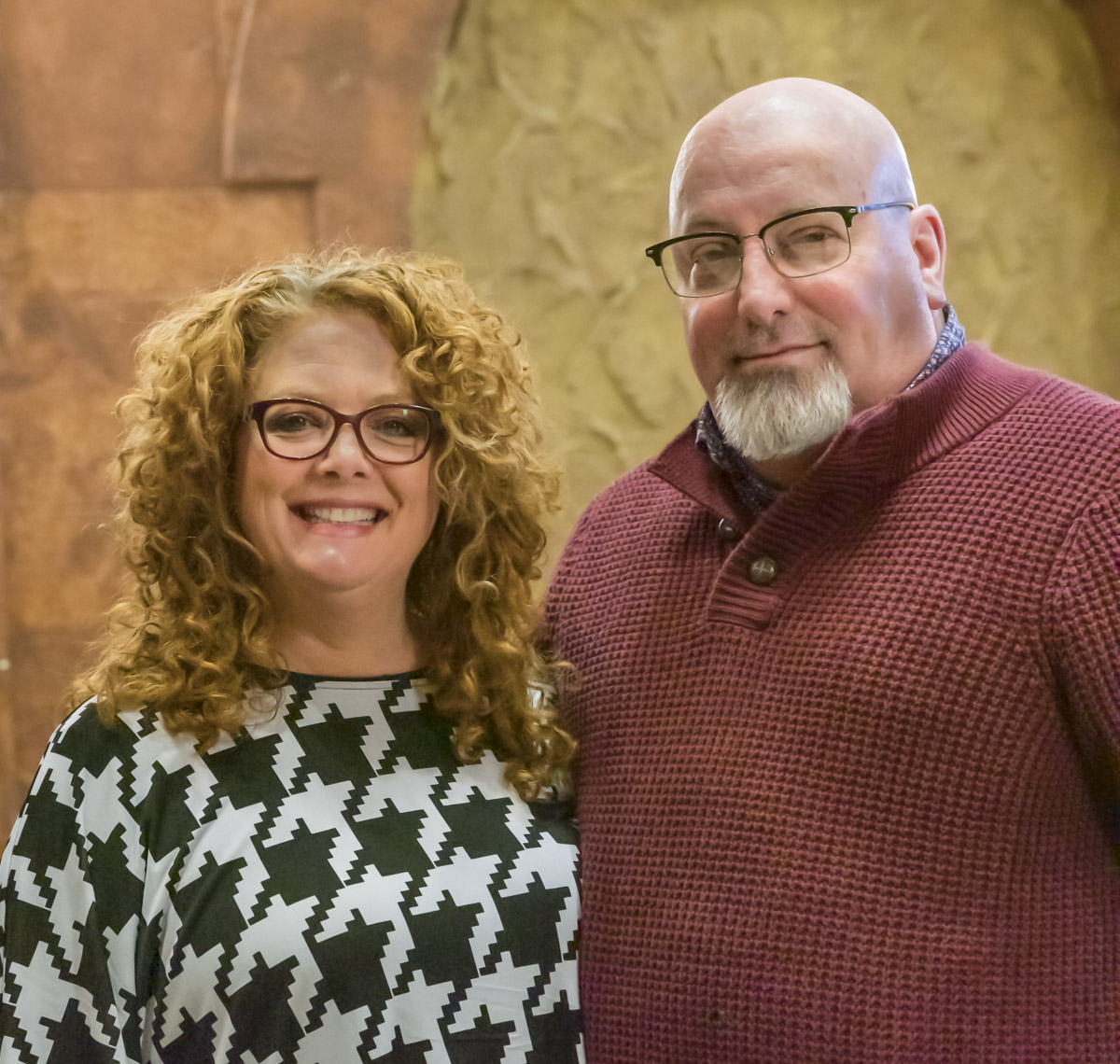
In the performance industry, Springfield is what’s called a tertiary market, Steele explains. That means it has under 1 million people and no major sports franchise — a perfect routing opportunity for shows that need a theater the size of the Gillioz with roughly 1,000 seats. Between Kansas City, St. Louis, Tulsa and other markets, “we’re a hub of this wagon wheel and it’s a beautiful way to get from A to B by stopping at Springfield. That’s the way we score some of those shows,” Steele says.
He says they’ve worked hard to build a good reputation for the Gillioz so agents want to book here, allowing the theater to diversify between music, comedy, local and national acts, plus films. In the first couple years, Steele says, he was practically begging agents in Nashville to give them a chance. “Now they are calling us,” he says. The auditorium itself attracts performers too, and Springfield audiences help. “We’re starting to get a reputation about how good our audiences are,” says Joy Bilyeu-Steele. “They’re so grateful for good music, whatever the genre, and they let you know it. They’re loud and they’re appreciative.”
Ticket sales, paired with rentals and leases in the connected Jim D. Morris Building, have successfully funded Gillioz operations since the nonprofit was reorganized in 2014. Dublin’s Pass Irish Pub leases the ground floor; the top floor is leased by Hill City Church and the second floor operates as an event center for rent called The Gallery.
When the city shut down and the theater closed in March 2020 because of COVID, operations were in a pretty good place, Steele says. But the sudden loss of ticket sales resulted in a 91 percent loss of revenue. They survived through a small fundraiser, socially distanced film events, dance recital rentals and receiving Shuttered Venue Operator Grant funds of $1 million. That didn’t make up for the $4 million lost. With new shows coming in, ticket sales are strong again. But shows cost more to stage because of COVID safety protocols and inflation. “So the cost of doing business has gone up,” Steele says.
Steele remembers making two simple changes just after he accepted the role of executive director in 2014. He personally replaced all the broken marquee light bulbs and he arranged to have the carpets cleaned. And he asked everyone to refer to their building as the Historic Gillioz Theatre which, according to Steele, helped reduce damage because it made visitors think differently about the building. Steele rattles off “Welcome to the Historic Gillioz Theatre in beautiful downtown Springfield” like he says it in his sleep. The mission of the Gillioz is to preserve the past, celebrate the community and make memories, Steele says, and it’s doing that. The theater has found its niche in both size and type of touring show, Steele says, and operates with a small staff of who take on multiple tasks. Its calendar has been so full, the theater even needs more volunteers, which they refer to as “essential personnel.”
The next chapter is to grow a philanthropic reserve for building maintenance. To help, a development director was hired and changes have already been made to the organization’s 26 Club membership program, begun five years ago. Instead of two levels, now it has three. “We went from 300 members paying $35 a year to 400 members paying anywhere from $35 to $99 a year for program benefits,” Steele says. It’s a start, he says, with the objective to create some specific VIP experiences and fundraising events while exploring grant programs and other options to help diversify funding streams.
It also helps, Steele says, that over the years the board has grown and evolved to include local leaders who are intricately involved in other community improvement efforts. In a forward-thinking move, they also worked to edge the median age of board members downward.
Steele says while the Gillioz Theatre’s overhead is a fraction of what other historic theaters spend, and they have strong stewardship, the cost of upkeep will require a few million dollars to ensure the theater can make new memories for the next 50 years.
Leaving money on the table
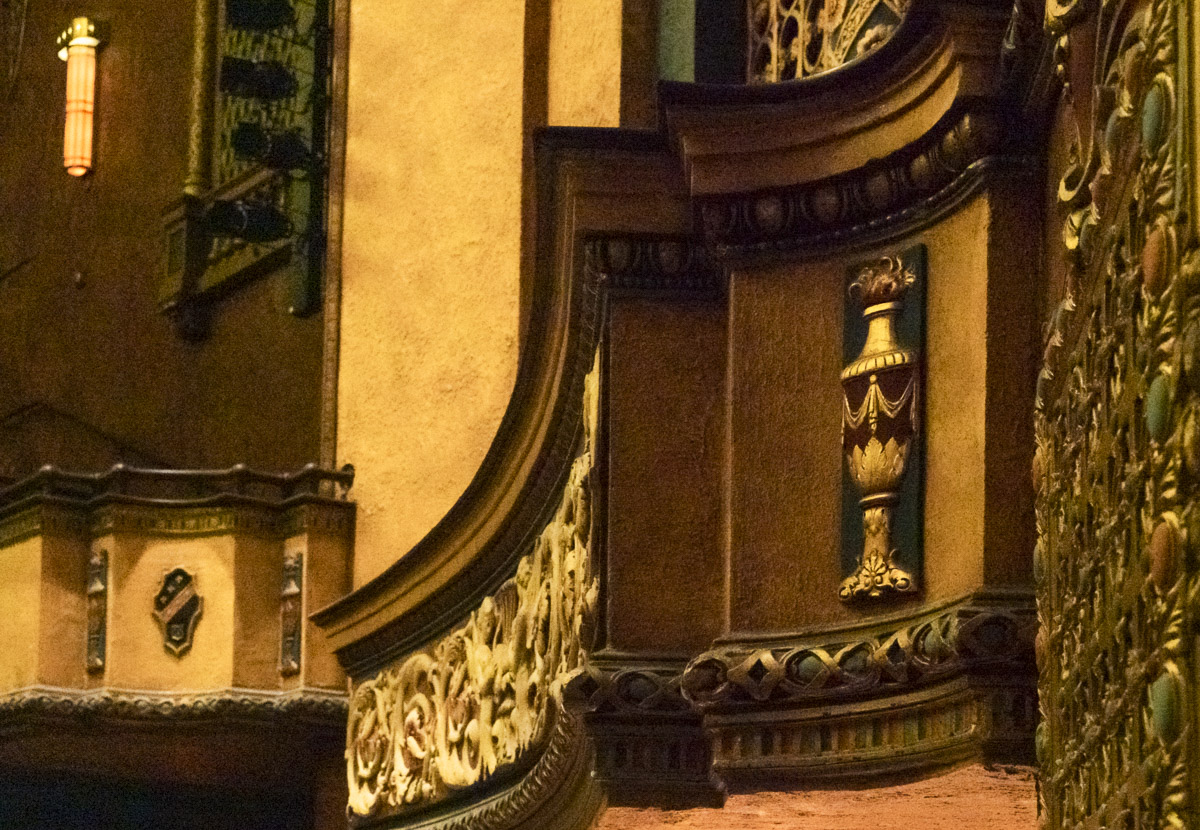
Hellweg says the Steeles have done a great job growing the venue’s reputation among national touring shows, bringing talented artists to Springfield and selling lots of tickets.
“And for a long time, we thought that’s all we needed to keep the machine running,” he says.
Then Stein spoke to the board a few months before COVID struck. “It dawned on us that we were really leaving half the money on the table by not going out and aggressively making it well-known that we are a nonprofit and that the theater isn’t going to be around forever — it’s going to start deteriorating again.”
The reduced attention to fundraising predates the Steeles, according to Bill Dunton, managing partner for Abacus CPAs, LLC, and treasurer of the executive board. When the organization was saved from bankruptcy in 2013, a very small board of five people remained, none of whom were really good fundraisers, he says. “So we just made it run as best we could. It never got the benefit of what it really is: a community asset. It’s a not-for-profit and we, as a community, should support it if we want it to stay around.”
Stein agrees the Gillioz is missing an important revenue source most historic theaters employ to ensure their longevity. He says a few theater budgets include up to 60 percent from philanthropic support. Unless your historic theater is large enough to be a regular national Broadway show touring house, he says, most simply won’t survive without at least 20 to 40 percent of unearned income to pay for maintenance. “Trying to operate only on ticket sales is almost impossible,” he says. “It’s not sustainable.”
The Gillioz is showing wear and tear both from age and increased use. In 2019, the theater had visitors from 39 states and four foreign countries, Steele says. “When a building goes from doing 30 events a year to 110 events a year, it gets beat up pretty bad. And we’re to a place now where there’s damage just happening over the course of time,” he says. A top priority is redoing the roof. People think of it as the “new roof” — but it was installed during renovation 23 years ago. Now it’s an old roof.
Dunton says the theater’s “level of success to this point has been almost its own enemy because people think it’s highly successful, and it has been — Geoff and Joy and have done a great job. But there’s just a bigger need.” That includes fixing the leaky roof, tuckpointing the brick, preserving walls decaying from moisture, updating the marquee and a host of other maintenance items that result from an old venue hosting thousands of visitors.
Remembering its story
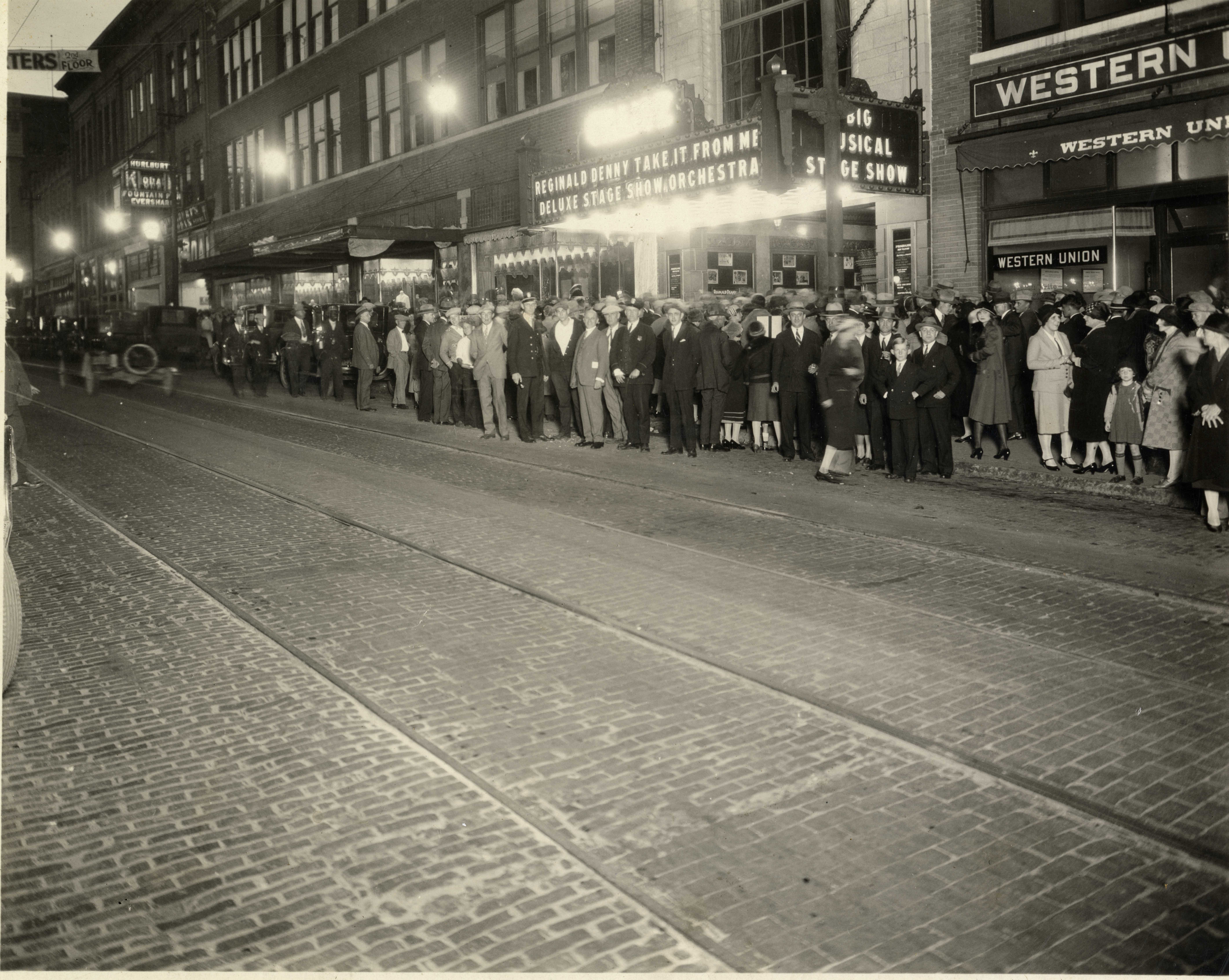
The Gillioz Theatre’s history reads like a novel: There are highs and lows, dangers and near losses, and even an eleventh-hour hero. Like anything with age, its origin story and renovation hurdles have become distant memories or are simply unknown by many. How many know that the theater may have been lost to irreparable damage when, for a time in the 1980s, oil drums were burned inside the abandoned theater as homeless people tried to stay warm?
But its story starts with a celebration. The theater is named for Maurice Ernest (M.E.) Gillioz, a contractor from Monett known for building roads, dams, bridges and eventually buildings. Not only is the theater one of Springfield’s most ornate buildings, with Spanish influence and international cultural details, it’s also one of the most structurally sound, framed completely out of steel and concrete, Hellweg says.
When it opened in 1926, crowds lined up around the block to enter the beautiful new downtown venue, located on a road that would soon be designated as part of Route 66. Memories were made over the next decades as the Mother Road brought a few famous visitors, including Elvis Presley and Ronald and Nancy Reagan, through the theater doors. But as vaudeville faded and retail moved away from downtown, the theater lost business and by 1980, it had closed.
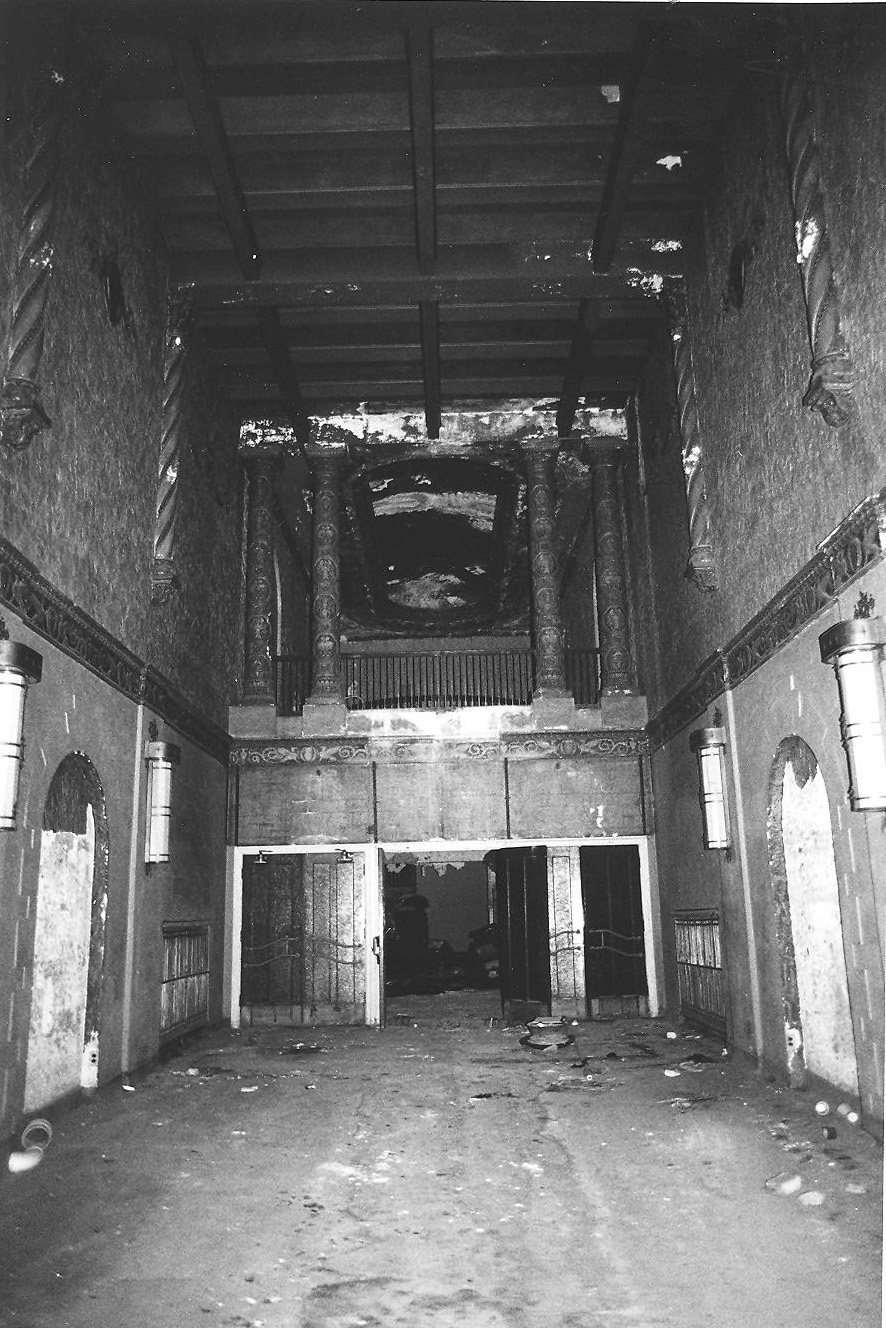
Enter Dornan, Sam Freeman, Jim Morris and a band of others who rallied to save it. They got the Gillioz on the National Register of Historic Places and established the Springfield Landmarks Preservation Trust. There were times early on, Dornan recalls, when the board would “pass the hat” just to cover the insurance. With help from patrons and the use of grants, donations, tax credits and more, the theater underwent a 15-year renovation. Creative solutions included purchasing the former three-story Netter Department Store building next door to help financially support the theater. After overcoming numerous hurdles, the restored theater opened to the public with yet another celebration in 2006.
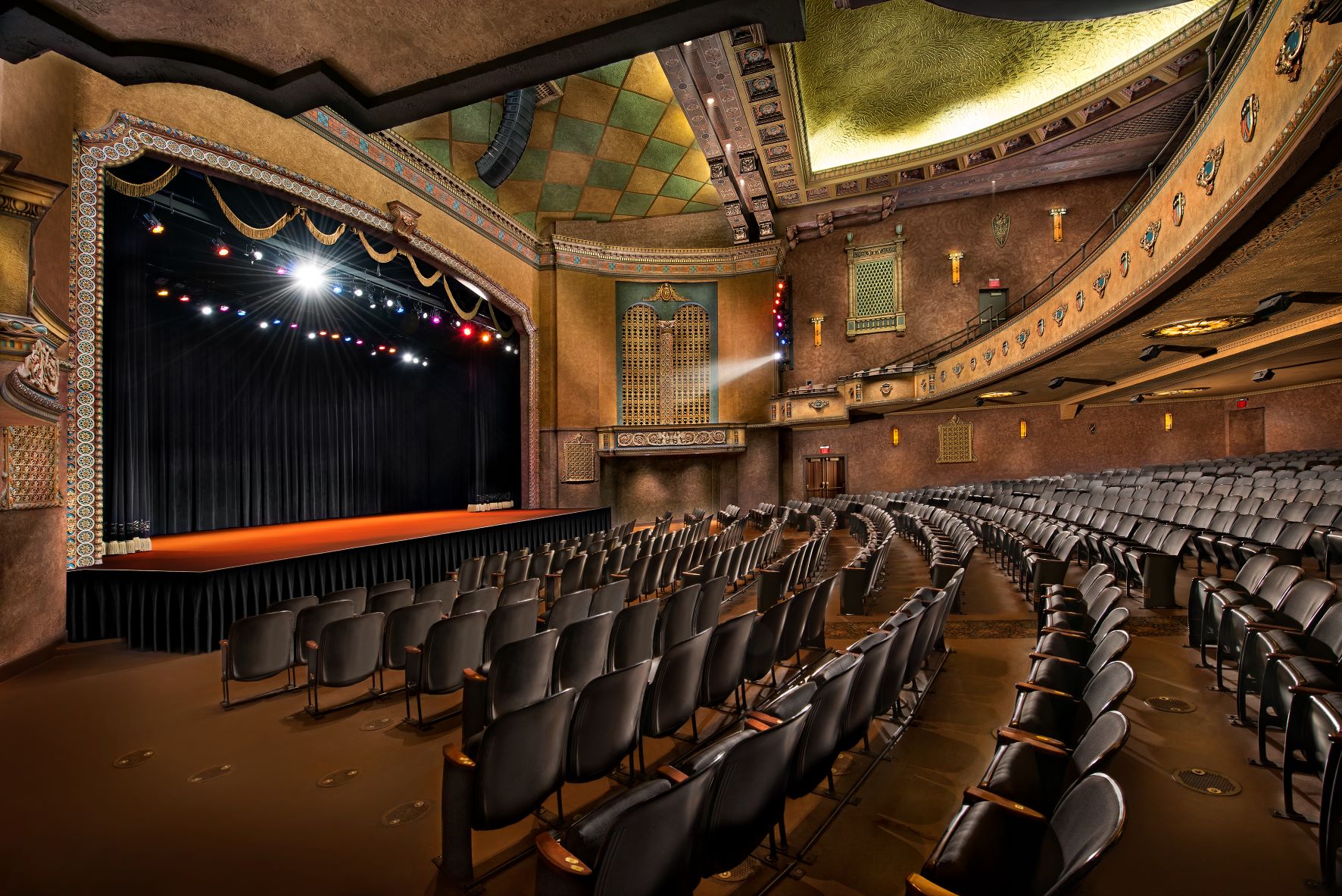
But its story doesn’t end there. More financial challenges that involved a loss of tax credits eventually led to bankruptcy and near foreclosure. In 2013, before the theater would be auctioned away, Dunton — who was on the board then, too — approached Prime, Inc. owner Robert Low for help. In the eleventh hour, Low purchased the building and leased it to the board at a reasonable monthly rate. The Steeles were hired in 2014 to take the operation forward before Low donated the building back to a reorganized nonprofit board now called the Gillioz Center for Arts & Entertainment.
It was a great relief when the theater was saved from auction, Dornan says. “I remember thinking that this was going to be the end of the story, to all of this effort; all of this work,” she says. “And then to have Robert Low step forward as he did was the fairytale ending to the story — or at least to that chapter.”
Dornan says the Gillioz story has many more chapters to come and it’s time to remind the community what it could lose if the theater deteriorates. As the board and staff plan for the 100th anniversary, the organization hopes to develop a steady stream of philanthropic income so maintenance can be handled systematically, “as opposed to putting out fires,” Dornan says.
She feels confident that will happen. “I definitely feel there is enough support that the theater will remain a viable part of the downtown community and a viable part of the regional community. It’s a unique size, has its own unique history and I think those things set it apart for success in the future.”


